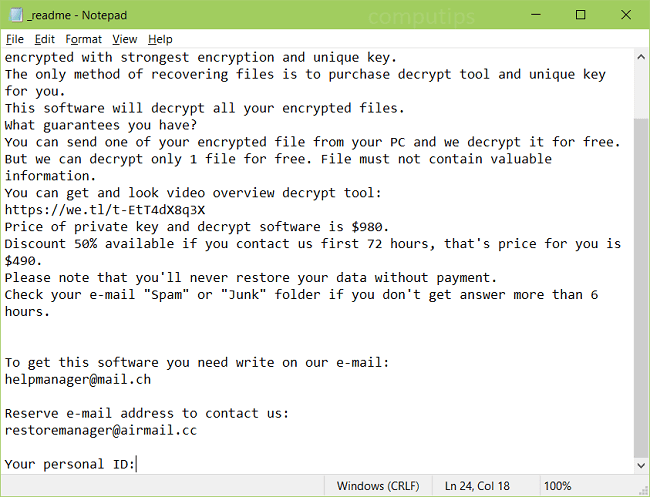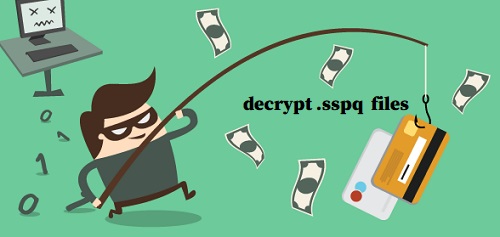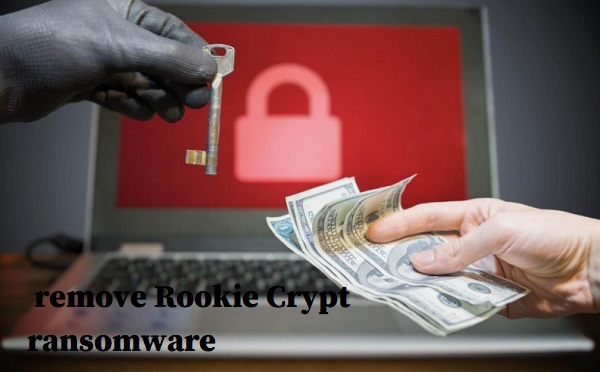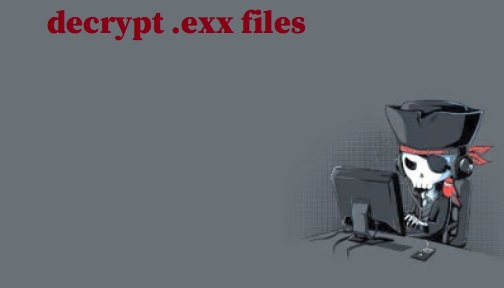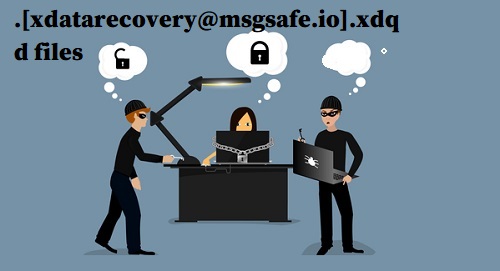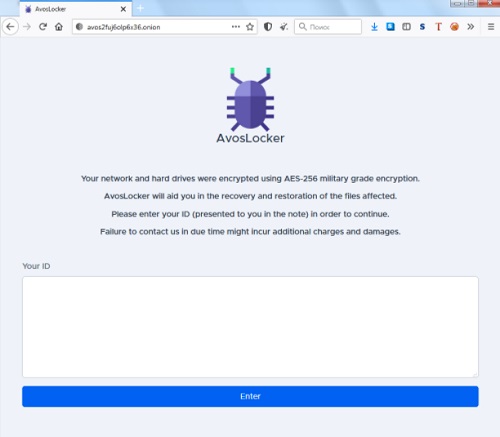
What is AvosLocker ransomware
Crypto ransomware encrypts important files of business users and companies with AES-256 and then demands a ransom to get files back. AvosLocker virus adds the extension .avos to encrypted files to make the files inaccessible. After encryption ends, virus creates a ransom note for decryption GET_YOUR_FILES_BACK.txt :
